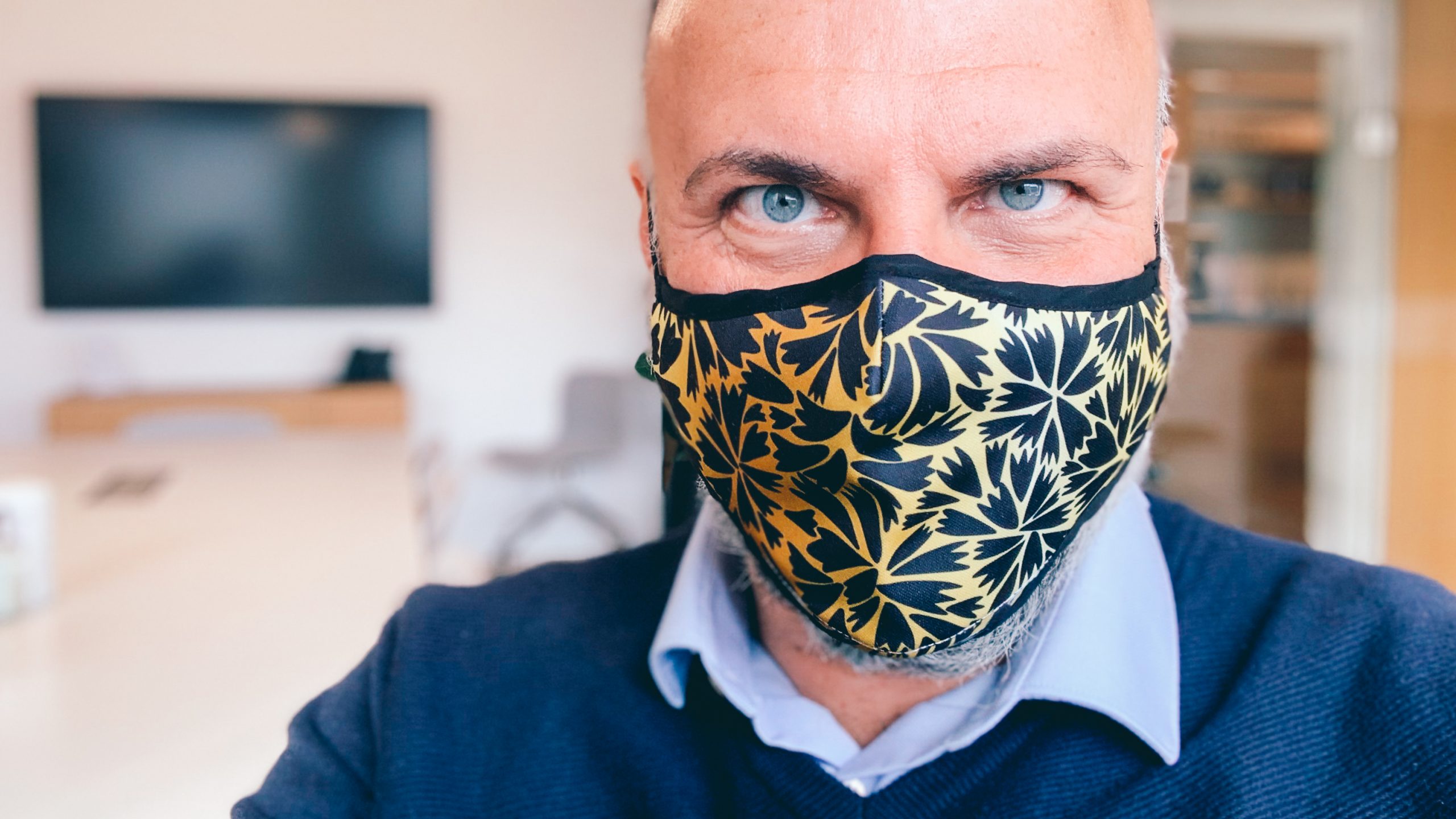When was the last time you had an expensive product in front of you that worked very poorly or not at all? Baby boomers like me still remember VW Beetles, Golfs, Jettas and Audi 80s where there were workshop discussions about creaking dashboards, wind noise in the interior or play in the steering or whether the car would even drive.
In Search of Excellence for 202X
“In Search of Excellence,” the nonfiction book by Tom Peters and Robert H. Waterman Jr. was a box office hit in 1982, selling over 3 million copies. While it doesn’t come close to the 5 million copies of “How to Win Friends and Influence People” (in German – Dale Carnegie made the title an instant bestseller in 1937, appearing in 31 languages).
“In Search of Excellence” quickly became the “bible” for business managers, engineers and young entrepreneurs. Japan was the model for efficiency and quality at the time.
Today “excellence” is standard, right?
We have learned over the past 30 years, set new records with our own top performances, and exported quite a bit of the excellence knowledge abroad. Today, in 202X, every craftsman can launch his own collection of drills and dowels. Having something of high quality produced in smaller quantities (or producing it yourself) is not only no longer a problem, but for certain target groups it is even highly desirable: handmade, ETSY-cool, sustainable and “from here” or from the influencer around the corner.
What matters today? My follow-up to “In Search of Excellence” I call “In Search of Relevance.” The book talks about the gatekeepers of today: algorithms behind search engines and social media, influencers (or key opinion leaders), artificial intelligence, tips, tricks and growth hacks.
For example, let’s take a look at the promising “D2C” business: direct-to-customer, what a great buzzword whose inventor probably forgot “direct sales” in his gradual digital dementia.
Direct to Customer, Dropshipping and the “Solopreneur boom”
D2C gurus are people who, after careful data analysis with helium10.com or junglescout.com, think they have figured out which products as FBA or FBM on Amazon or in concert with a shopify.com store and eBay, Etsy, and more will make them multimillionaires without further ado. Not because they are camera enthusiasts and apply the LED light they import from China. But because a sales data analysis program told them that the market could oversee even more camera lights. Therefore, they looked on Alibaba and Aliexpress for suppliers to send half a container to the rented warehouse to be re-labeled and repackaged. So, the challenge today is not finding products, suppliers or store systems! With millions of solopreneurs around the world hoping to strike it rich with drop shipping, print on demand and custom production, it’s about creating relevance for your own offering! How do you make yourself visible?
It’s no different in the entertainment business: first YouTube, then Amazon Prime, then Netflix – a gigantic amount of new streamable material has to satisfy the hunger of the providers and their subscribers; there are hardly any real new screen heroes left with a lot of choice and low impact duration, and the existing ones struggle to become or stay relevant.
Soon as book and seminar program
“In Search of Relevance” is a book proejct, a seminar program and a coaching series. It looks behind the scenes of the influencer, KOL and PR business. It examines new trends on online platforms like Amazon Live and the future metamorphosis of YouTube into a direct shopping channel. Of course, the author team also looks at the techniques that today’s relevant personalities have employed to swim above the water’s edge and break through the goldfish-like 8-second attention threshold.

